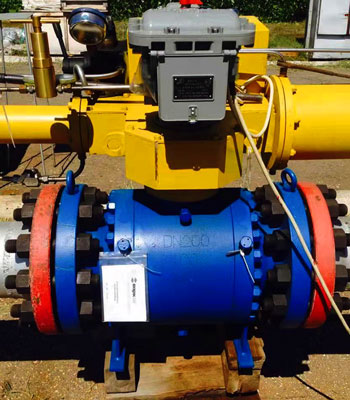Most people already know how a butterfly works. The point of confusion comes in knowing how a double offset valve differs from a triple offset valve. Furthermore, which application each is best suited for. As one of the leading butterfly valve manufacturers in Indonesia, we are uniquely suited to clear this confusion. So, in this blog, we will walk you through both types of butterfly valves and what makes them different.

So, the question now is which type of valve to use for your application. The rule of thumb is if the most important factor is to achieve a bubble-tight sealing, then the double offset is the right choice. In case the application deals with high temperatures, corrosive media, extreme pressure or abrasive material, then the triple butterfly valve is the way to go.
Your Takeaway:
There are plenty of differences between the two kinds of butterfly valves. For instance, the material they are made of varies. Because triple eccentric valves operate in corrosive media, they are made of duplex steel or stainless steel. The high-grade material ensures they last longer. Double offset valves have seats made of an elastomeric material such as PTFE or Teflon.
The point is that knowing the differences can help you understand which application they are best suited for. But since they vary so much, it is a challenge to dive deep. Our advice is to talk to industrial valve manufacturers in Indonesia. They have the expertise to allow you to make an informed decision. Their knowledge can guide you on every kind of butterfly valve and which benefits your industry and application the most.